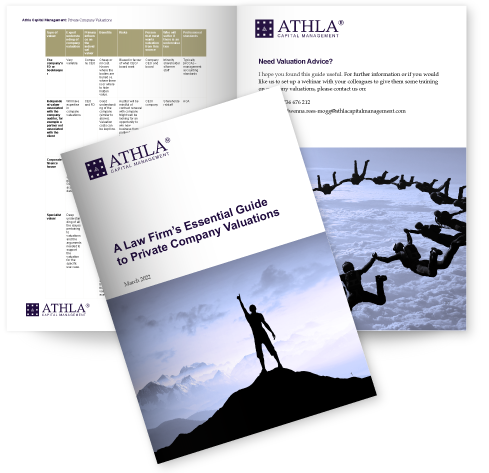Debt to equity swaps – the equity valuation MUST BE ROCK SOLID
February 18, 2025

I anticipate more scenarios where equity value must be proven to be de minimis to enable the debt for equity swap to occur without challenge.
I want to get straight to the point. Last week’s mailer about the withdrawal of VC capital from the UK market drew me in the first instance to a discussion about what a lack of willing buyers might mean for a paper valuation exercise, for example for tax purposes.
You can read the article HERE.
Today, I wanted to raise the knotty issue of a possible upsurge in requirements for cash stressed companies to undertake debt to equity swaps or accept punitive investment in order to survive.
We have just undertaken one of these exercises for an investor known to us (who unusually approached us direct).
In this case the major creditor was also a director and a small equity shareholder. The cap table included an ex founder, a founder director and handful of VCs with 5%+ holdings and a long tail of private investors with under 1% each. The company was technically insolvent and reliant on the support of its directors to trade. The shareholders had no interest in subscribing to a rights issue to put the balance sheet back in good order and provide working capital.
However for the creditor the risks were immense. Just think for a moment about the conflicts of interest. Wisely the individual recognised that a rock solid valuation was required to protect not just them personally but also to protect the transaction.
We went through an interesting journey seeing if we could prove that there was no equity value in the business.
It was not as easy as you might think. We follow a consistent approach when it comes to performing a valuation. Although each case is unique, having a consistent process means that clients can rely on the fact that we do not chop and change our approach just to make them happy. It protects us if we are challenged, because any one report fits into a family of hundreds produced to a consistently high and identical standard.
In this case the relevant multiples presented a challenge as the company was prima facie operating in a very exciting industry with lots of investor interest and M&A activity.
This is where using the evidence and arguments led to the correct outcome that we were prepared to stand by.
We produced the valuation based on multiples et al. Would others have stopped there?? We didn’t. Instead we looked at the reality of the situation on the date of valuation. The truth was that the level of indebtedness meant that it absorbed the entirety of the enterprise value, leading to the correct conclusion that there was only par value in the equity shareholdings. The fact that the creditor could at any time have called the debts and pushed the company into insolvency was also a point that we made to reinforce our judgement on the equity value.
Job done!.
I am pleased to let you know that the director/creditor is a savvy individual. Instead of using our report to set the price for the equity following the debt to equity swap, they set it at 3x this price. Therefore, they could with good reason argue that they were being very generous with the deal terms, while resulting in a larger shareholding for themselves. This was still considered reasonable by the passive shareholders, thus heading off the threat of minority shareholder unfair treatment litigation.
If you have a client who also needs a rock solid valuation to support a transaction that will head off threats of litigation by minority shareholders, do give us a buzz.


